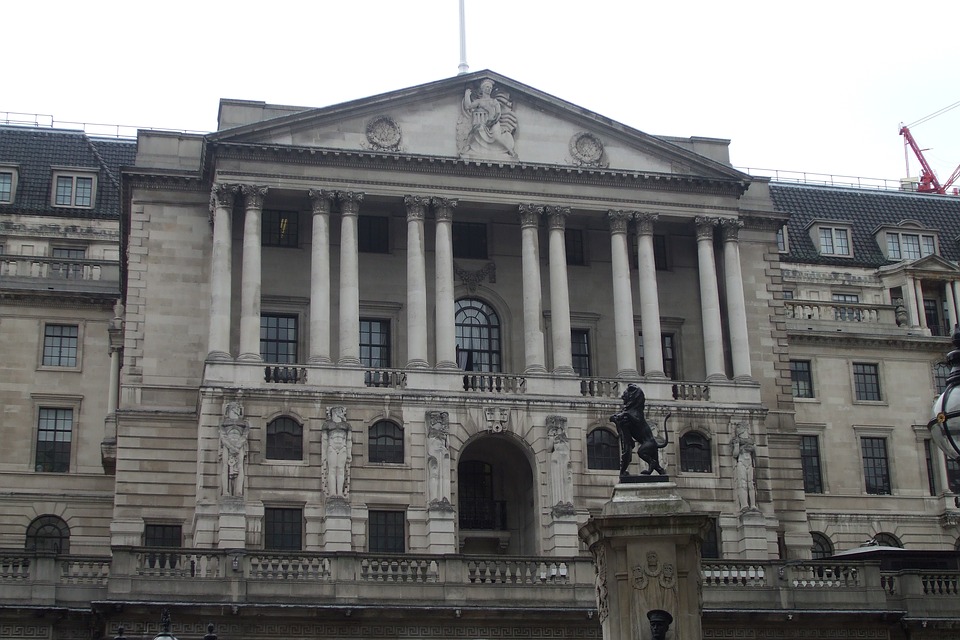British interest rates are still expected to rise in May following a barrage of hawkish signals from Bank of England policymakers, but most economists polled by Reuters don’t see a follow-up move for another year.
Part of the hesitation stems from the fact that Britain’s economy has moved from leading to lagging all of its industrialised peers, and is facing its most far-reaching change since the Second World War: leaving the European Union.
Indeed, the latest Reuters poll found no upgrades to economists’ already modest inflation and growth forecasts.
The consensus view also showed the likelihood of a disorderly exit from the EU has held at 20 percent, where it has been all year, with but several saying that it had increased in the past week. The range was 5-60 percent.
The highest median probability was 30 percent reached in July 2017, and again last October.
All but one of the respondents in the poll, taken March 5-7, expected a transition deal will be struck. Nearly every respondent said the most likely eventual outcome from talks between London and Brussels would be a free trade agreement.
However, as has been the case for the last three polls in which that question was asked, the second most likely option was no deal, and Britain to trade with the EU, which takes almost half of the UK’s exports, under World Trade Organization rules.
Remaining in the European Economic Area, which would mean staying in the EU’s single market, was the third most likely option, trailed by cancelling Brexit altogether.
More than 90 percent of this same panel of economists said before the June 23, 2016 referendum that leaving the EU would damage Britain’s economy, trigger a fall in sterling, which in turn would push up inflation, all of which have taken place.
For now, the BoE remains set on tackling inflation, 1 percentage point above the 2 percent target, which it argues is stemming from an economy that has less capacity to grow, as well as historically very low unemployment.
“One of the main arguments supporting the case is that there are signs of demand strengthening while there are no signs of supply picking up,” note Barclays economists Sreekala Kochugovindan and Fabrice Montagne.
“While our central scenario remains a hike in August, this suggests that the risk that the Bank looks through soft data and delivers in May regardless is material.”
And it is by no means a done deal the BoE raises rates in May. Only a slight majority, 36 of 63 economists or 57 percent of the sample, are expecting a May rise to 0.75 percent. That proportion is roughly the same as February.
About 60 percent of poll respondents see Bank Rate at 0.75 percent at year-end and a third say 1.25 percent at end-2019, with one rise each in the second and fourth quarters, although there are fewer people willing to look that far out.
Inflation is set to slip from 3 percent presently to 2.2 percent a year from now, averaging 2.5 percent this year and 2.1 percent next, unchanged from the poll taken in mid-February.
Alan Clarke, head of European fixed income strategy at Scotiabank, says he is sticking to a long-standing forecast for a May rate rise to 0.75 percent.
“Nonetheless, we fully expect that rate call to be challenged in the coming months if CPI inflation does slow sharply,” noted Clarke, who forecasts inflation to dip to 2.5 percent by March compared with the BoE’s 2.8 percent view.
“As long as core services inflation – i.e., domestically generated inflation – does not fall as well, then the May rate hike is still in play.”
A separate Reuters poll on Wednesday predicted sterling would trade higher in a year, near $1.41, and keep steady around 88-89 pence to the euro. If correct, that would also keep a lid on imported price pressures.
But it is very difficult to forecast the future using traditional economic models, parsing base effects and estimating spare capacity, when the biggest economic uncertainty by far is the political solution to how Britain will relate to the EU.
Some respondents highlighted a wide gap that remains between domestic political expectations and what is actually on offer from Brussels and the other 27 EU members.
“The British government’s position continually fails to understand the EU27 starting point. Regulatory harmonisation is not enough – it will have to give up significantly more control to the likes of the European Court of Justice than the Brexit ultras are happy with,” notes Commerzbank economist Peter Dixon, on what he sees as a 20 percent chance of a disorderly Brexit.
“This raises the prospect of a domestic political split and if (Prime Minister) Theresa May sides with those pushing for a hard Brexit, the risk of such an outcome occurring will clearly have risen.”
Source: UK Reuters

